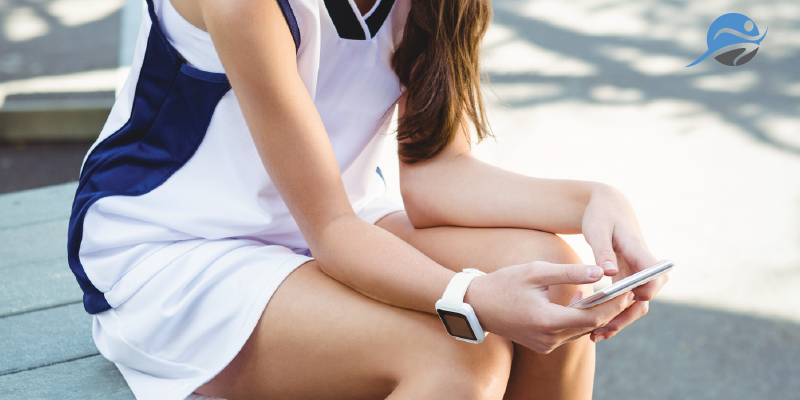Using Social Media to Build Team Camaraderie

Social media has taken culture over by storm, creating a newfound interconnectivity between our growing youth unlike anything we’ve ever seen. The generation growing up right now will be the first to only know a world post-social media, and that’s a crucial fact to bear in mind whenever teaching or coaching children. It’s such a deep part of who they are and how they understand each other, so it makes sense that it should be a part of what they choose to take their time to do as well. There are plenty of ways to utilize social media down to the trends when coaching a young team -- here are some ideas.
The Smartphone Generation

This growing generation is also one of the first to come up with smartphones being a household or even personal device and everyday item. Besides its normal useful functions for a child, there are plenty of apps they can use that can make everyone’s lives easier all around. Group scheduling is now easier than ever, with tons of apps popping up left and right for organization. Google Calendar, for example, is an app that allows users to create specific calendars for different events or organizations. Your team can have its own calendar, with every practice, game, or event listed clearly and in detail, down to the drill schedule. The coach can send an invitation via email to the calendar that the team members can then use to add the calendar to their phone, either via that app or their own calendar app. You can even set reminders for certain events if you’d like.
Depending on your age group, you may have some kids using Instagram the most; in others, that may be Facebook. In either, you can create groups to be able to communicate with the members at the same time. Facebook groups were designed for exactly this purpose -- you can post about practices and games, have discussions about team names or what food to bring to the tournament, and create polls to decide anything the kids want. It’s simple and makes communicating with the whole team much easier. Instagram could work similarly to a normal group chat, but provide the other teammates opportunities to interact with one another via that platform if they so choose. It’s a quick way to break the ice within the group, if you feel they would find it appropriate.
Team Profiles and Groups

One of the most fun and easy ways to bring a team together nowadays is to create social media profiles and accounts dedicated to the team and their interactions. With how active kids are with Instagram and Snapchat, giving the group access to the account under supervision can help them find more reasons to interact with one another, or even perform. From filming a certain drill that the team has personalized for the story or posting about sideline antics, something like this can create a sense of identity for a team and even encourage them to want to do well for their audience.
New live-streaming features being made available to the public on Instagram and Facebook make for an opportunity to broadcast the team’s activities to people who may not be able to see their favorite star play. From broadcasted games (another fun activity you can have the kids do under supervision) to behind-the-scenes looks at practices, you can show anything to anyone, anywhere in the world, live and in the moment. That can also lead to higher team camaraderie and encourage the kids to perform for those watching.
Social Media for Practice

Review and repetition are crucial in building young athletes, and tapes have always been a big part of that. When you’re having your players run through drills or take repetitions and in-game situations, you can use Instagram or Snapchat to take video of them and store them in their respective Archive features. For longer videos, posting them in a Facebook group or on a cloud-based service like Google Drive could work. You can always adjust the privacy settings on posts or videos like these, limiting them only to the people who need to see them if necessary. This leaves a clear and visible trail of progress when consulting back over time, which can encourage the athletes to personally want to continue to improve. Having these videos available to be viewed by the whole team to whatever extent is appropriate can also help create an investment amongst the players in each other’s improvement and success.
Whether it’s for fun or for making the logistics work smoother, social media is available to us to connect with one another. Teams can work together to come up with countless creative ways to use the mediums we have with each other, and each experience can be its own team project of sorts.